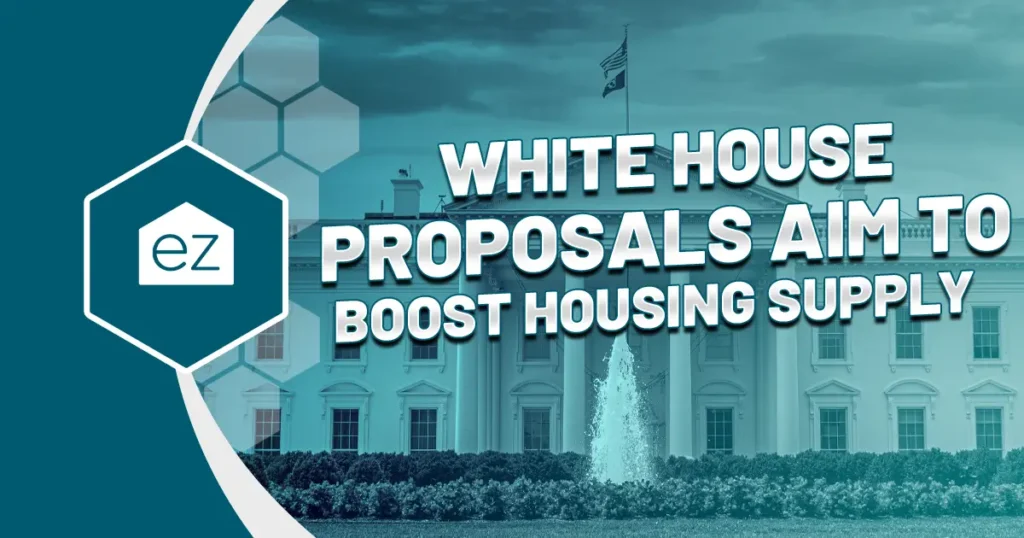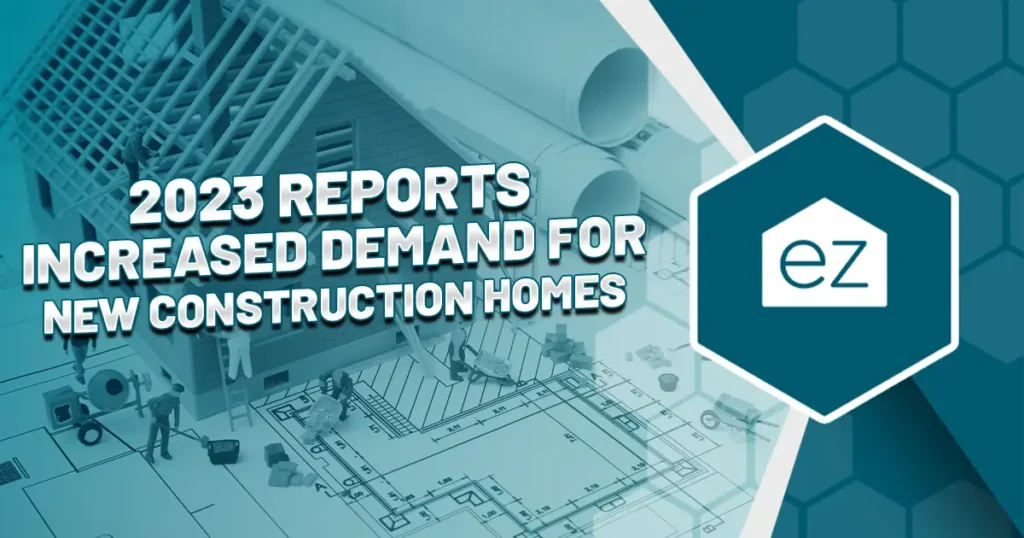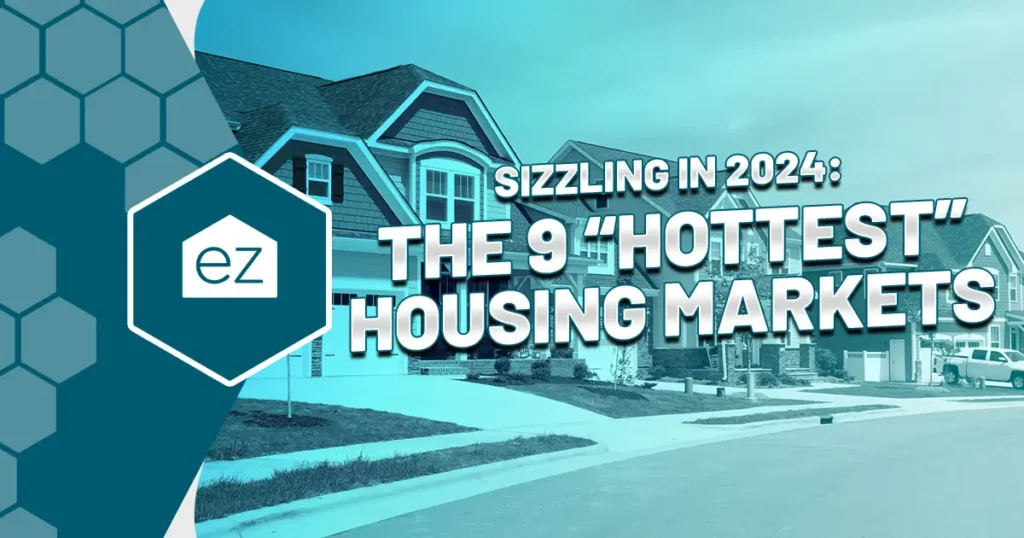Interest Rate Update: Mortgage Rates Back Over 7%
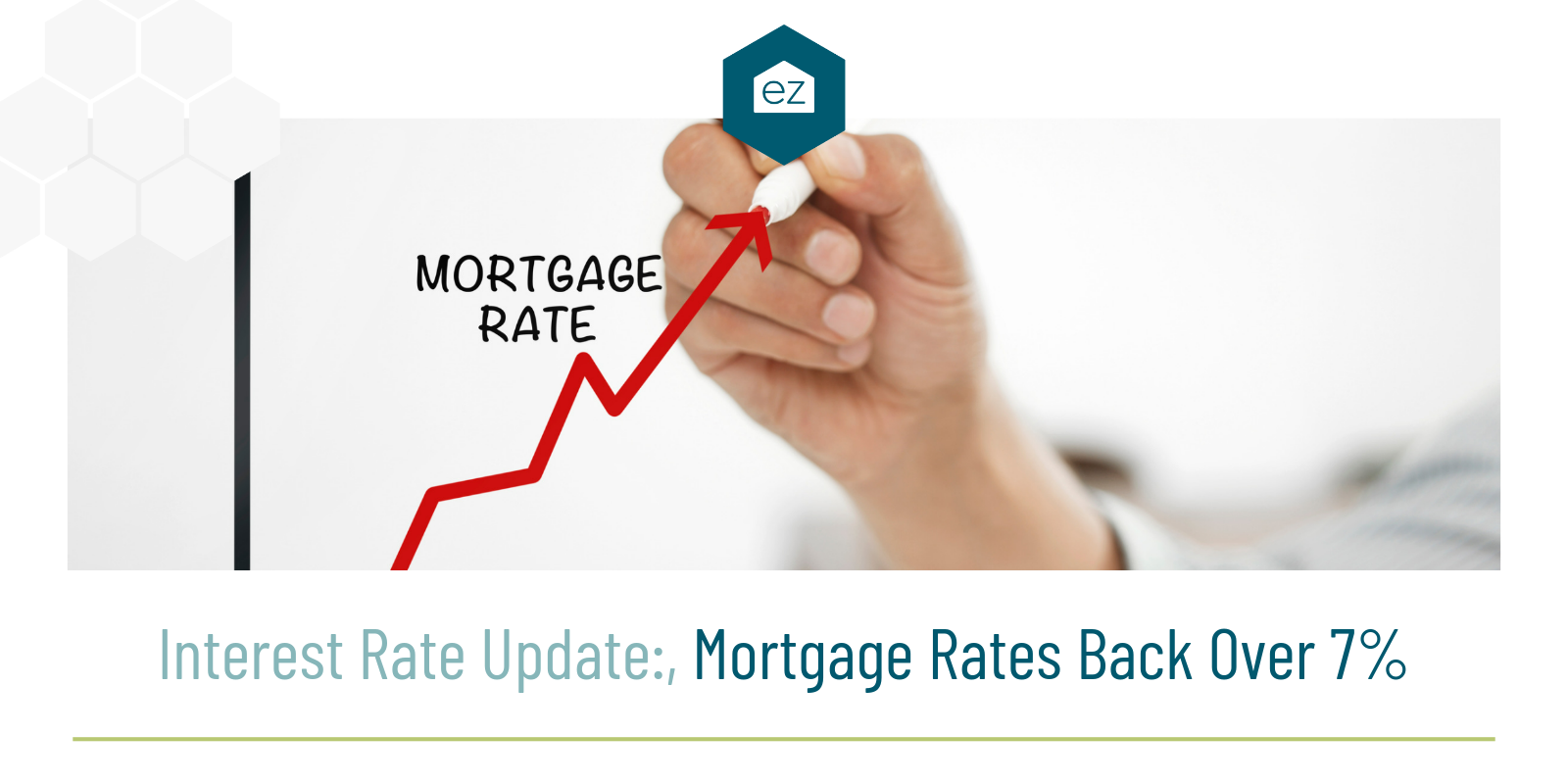
Interest Rate Update: Mortgage Rates Back Over 7%
With 2022 being a hot year for inflation, many hoped 2023 would see prices and interest rates decline. But through March, interest rates are showing few signs of settling down. Mortgage rates popped back over 7% to begin March of 2023, highlighting that the price of buying a new home will remain high throughout the U.S., at least for the short term.
Let’s review the latest in the world of interest rates and discover what kind of impact we can expect on home prices.
Expectations vs. Reality: Interest Rates in 2023
It’s the oldest law in physics: what goes up must come down. That had many analysts hoping for signs of reduced mortgage rates by the end of 2023. Greg McBride, the chief financial analyst for Bankrate, told the website he expected to see interest rates coming down by the end of the year. His flagpole to watch? The 10-year treasury yield. This is the money an investor can expect to receive when buying a 10-year treasury yield at a specific date. McBride also told Bankrate he expected to see 30-year mortgage rates of 5.25% by the end of 2023.

When that article came out, that was just 1.49% percentage points below where mortgage rates stood. But now, with mortgage rates jumping back over 7%, things might not be headed in that direction. At the very least, interest rates may not be coming back down as soon as many analysts hoped.
The primary reason for that: overall prices remain inflated.
On March 7, Federal Reserve chair Jerome Powell told investors to expect higher interest rates than many had anticipated. Speaking on Capitol Hill, Powell told lawmakers that he remains prepared to increase rates faster if that’s what the data suggests he needs to do. This means that initial expectations that the Federal Reserve might begin easing monetary conditions in 2023 have been a bit off the mark from expectations.
To see why this matters for the real estate market and how it will affect home prices, let’s examine the connection between the rates set by the Fed and mortgage rates paid by everyday Americans.
What do Federal Reserve interest rates do, anyway?
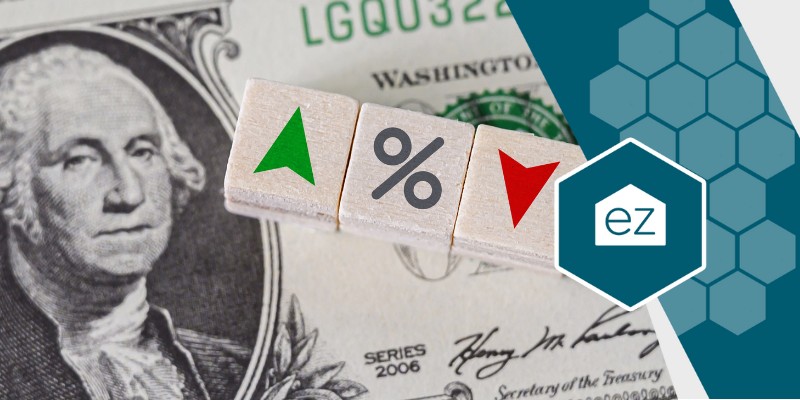
The Federal Reserve controls a significant dial: the Federal Funds Rate. A good way of thinking about this rate is simple: “the cost of money.” In other words, this is the rate that banks may charge other institutions when lending out excess cash.
How does the Federal Reserve control what banks are doing with each other? The law requires that banks maintain reserves that equal a portion of their deposits through the Federal Reserve. This is the “reserve requirement.” With the Federal Reserve controlling the rate of funds that banks are required to hold with them, they essentially control a large portion of the cost of money.
This isn’t to say that the Federal Funds Rate is in 100% lockstep with all rates banks charge each other. We’ve certainly seen that over the past year, as a tighter Federal Reserve policy has advanced mortgage rates. But the Federal Reserve Funds rate is the first place to look if you want to know where interest rates may be heading throughout the economy.
One of the Federal Reserve’s chief goals is to tamp down inflation, usually aiming for about 2% inflation per year. When inflation gets hot, the Federal Reserve looks to stifle the flow of money by raising the Federal Funds Rate.
That’s why inflation often leads to higher prices for all goods and services and, eventually, mortgage prices. And when inflation isn’t showing signs of cooling off, especially in early 2023, you have your explanation: mortgage rates remain over 7%.
When Will Mortgage Rates Go Down Again?

Given what you just read, you know that mortgage rates going up or down eventually mirrors whether the Federal Funds Rate goes up or down. Lending money costs banks more, and they pass that cost on to the borrower.
That leads to the same question: will inflation continue to run rampant? Or will a cooling trend or recession allow the Federal Reserve to loosen its interest rate policies again?
In February, the Federal Reserve raised interest rates by 0.5% again. That doesn’t seem like much compared to the four times the Federal Reserve raised them by 0.75% in 2022. Still, it also indicates that inflation hasn’t been slowing down as much as the institution–or home buyers–would have liked.
According to Bankrate, current expectations suggest at least another 0.5% interest rate increase before the rates start coming back down. That could mean even higher mortgage rates at some point in 2023.
But they’ve been wrong before. It was only in September 2022 that many officials thought 4.5%-4.75% would be the Fed’s upper limit. They’ve hit that and exceeded it, with potentially no signs of stopping beyond the current expectations for 2023.
The effects of high mortgage payments hit everywhere and signal pain in the economy along with the consumer price index (CPI). Lenders report a decrease in purchase applications, an indication of lower demand. Eventually, that could translate into widespread price decreases for homes nationwide.
As for if the raise will eventually lead to a light pullback or something more substantial remains to be seen. Throughout 2023, all eyes will be on the Federal Reserve’s key meetings.
Start Your Home Search
Preston Guyton
Share this Post
Related Articles
Real Estate News
White House Proposals Aim to Boost Housing Supply
Real Estate News
NAR Settlement Set to Reshape The Business of Real Estate
Real Estate News
2023 Reports Increased Demand for New Construction Homes
Real Estate News
